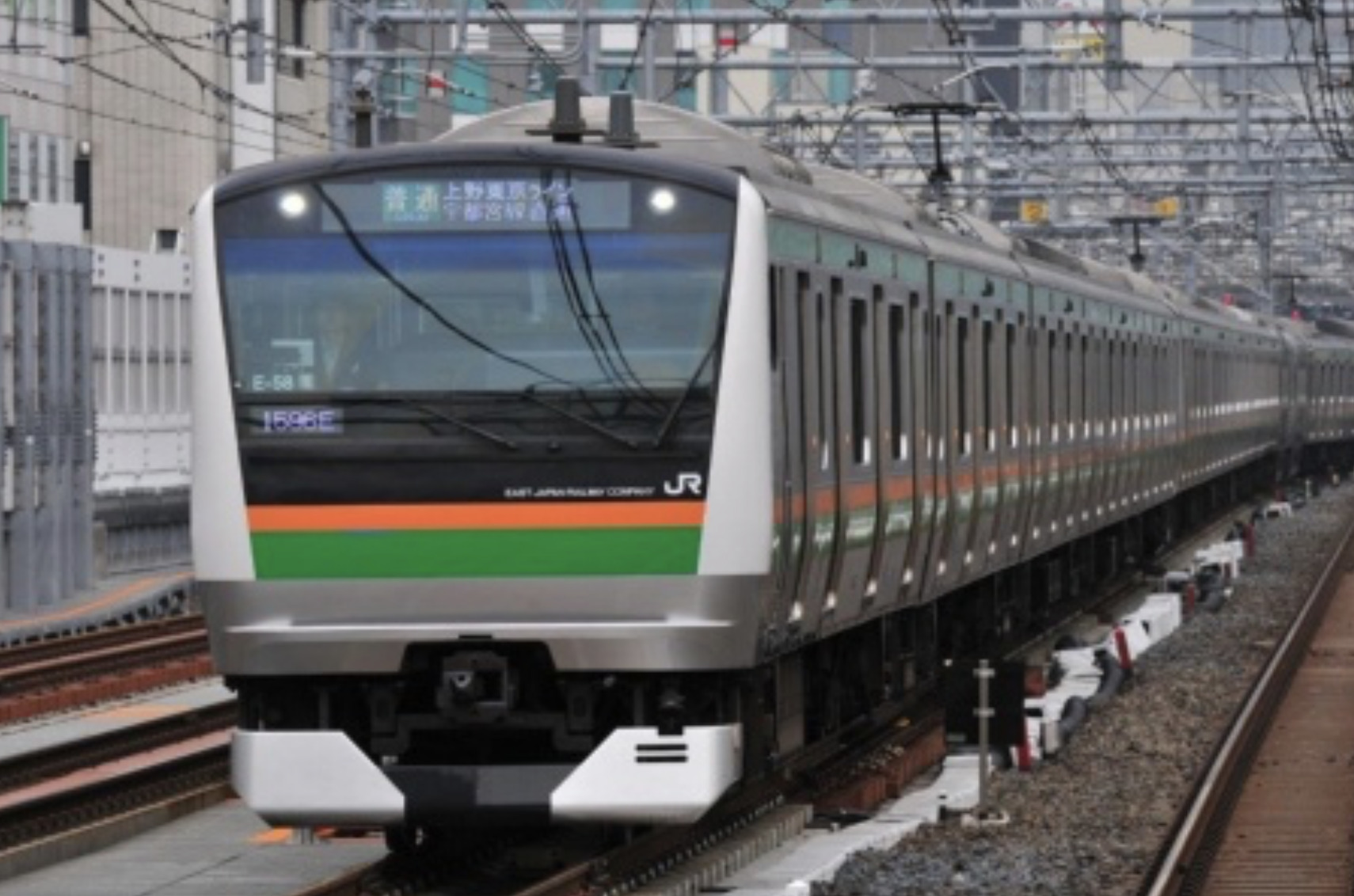The development of the railroads was a priority
There is a history of railroads that has been developed first due to political agendas. A major factor in this was the urban remodeling implemented after the Meiji Restoration. The transformation of Edo, a feudal city, into Tokyo, a modern city modeled after the West, was necessary for the modernization of the nation.
This urban transformation was not an easy task. There was a huge gap in thinking between the feudal city and the modern city, and it was difficult to bridge this gap in a shorter period.
For example, the way of thinking about vehicular transportation was different. While modern cities in the West developed horse-drawn carriages and other forms of vehicular transportation at an early stage, the feudal city of Edo, which emphasized defense, adopted an urban structure that rejected vehicular traffic. Many of the T-junctions and cranks existing in Tokyo are remnants of the feudal city that could not be erased by urban remodeling.
The state of paved roads was also different in Japan than in the West. In the West, paved roads that facilitated wheeled traffic were developed at an early stage. Cobblestone pavements, which can said to be the origin of paved roads, existed in Italy from the time when the Roman roads were built in B.C., and later spread around Europe. Therefore, paved roads and vehicular traffic centering on horse-drawn carriages were able to develop over time in Europe, allowing for a smooth transition to the era of the automobile.
Population growth triggered by railroads
Tokyo has a long history of urban expansion that was accompanied by the railroads. The railroads have led to increase the population rate living in the suburbs. This is due to the introduction of high-frequency train transportation, which made it easier to move around the city, and also make a better lifestyle in the terms of workspace and residence, where people commuted from their suburban residences to work in the city center.
Subsequently, railroads created new cities one after another. As the railroad network expanded into the suburbs, the areas along its line became residential areas. Areas near terminal stations, such as Shinjuku Station, became commercial area with offices and stores.
The result was an unusual city with the railroad as its de facto backbone. Like the skeleton of the human body, the railroads became the foundation of the city.
They supplemented traffic throughput
The fact that they also played a supporting role for roads is thought to have been a factor in the development of railroads as a result.
Road development in Japan lagged far behind in the postwar period, as the need for road maintenance was not fully recognized until the 1950s, when the construction of expressways began. Until then, Japan’s transportation policy had long been railway-oriented, with the railroads being the arteries of domestic transportation, and road transportation being considered a capillary that complemented the railroads.
For the same reason, road construction in Tokyo was significantly delayed, which led to traffic chaos caused by congestion. This is because the road network remained in its infancy despite the rapid increase in the number of automobiles owned after the war and the rising demand for road traffic. In addition, as urbanization progressed with the rapid increase in population and the concentration of buildings in urban areas, it became more difficult to secure land for road construction, which further slowed down road development. Meanwhile, the rapid increase in the number of rail users also resulted in a shortage of transportation capacity.
In Tokyo, therefore, the Metropolitan Expressway and subway systems were built to make use of the urban space in a three-dimensional manner. The city’s transportation system was designed to make up for the lack of traffic capacity throughout the city by using existing roads and waterways to build elevated bridges and tunnels, through which new roads and railroads could be built.
However, automobile traffic was not sufficiently improved. On the Metropolitan Expressway, traffic increased year after year, resulting in frequent traffic jams, partly due to delays in the construction of detour routes through the suburbs. On the surface streets, the number of lanes increased with the removal of streetcar tracks, but they could not handle the ever-increasing volume of traffic.
Railroads, including subways, served to alleviate the traffic chaos throughout the city by meeting the ever-increasing transportation demand while also compensating for the shortfall in automobile traffic. When automobile traffic became less convenient due to traffic congestion, railroads have provided a stable passenger transportation service with consistent travel times, despite the problem of overcrowded trains.




Comments